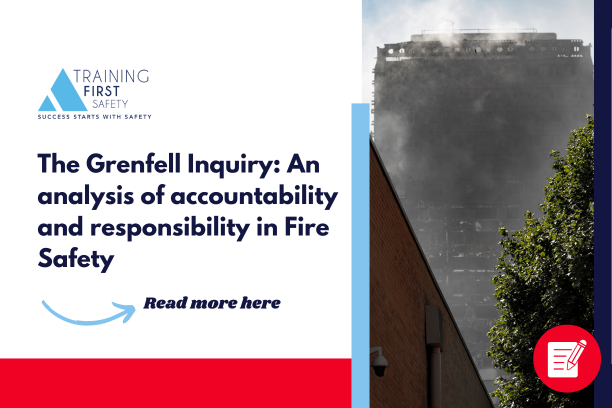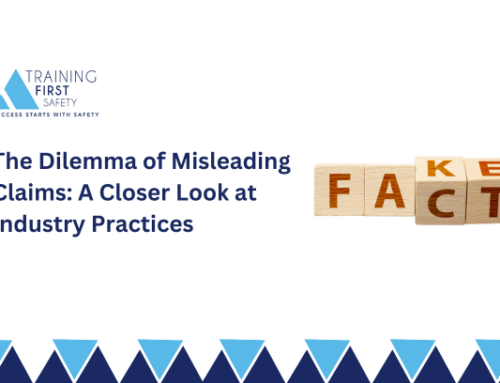Background of the Grenfell Inquiry
The Grenfell Tower fire on June 14, 2017, was one of the most tragic and devastating events in modern UK history, resulting in the loss of 72 lives. This catastrophic incident shook the nation and prompted a comprehensive public inquiry to investigate the factors that led to the disaster and to ensure that such a tragedy would never occur again. The Grenfell Inquiry, launched by then-Prime Minister Theresa May, aimed to scrutinise every aspect of the fire, from the building’s design and construction to the emergency response.
The significance of the Grenfell Inquiry extends beyond the immediate aftermath of the fire. It serves as a crucial turning point for fire safety regulations and highlights the dire need for accountability and responsibility within the construction and housing sectors.
Summary of the Grenfell Inquiry Report
Key Findings
- Cladding and Insulation Materials: The inquiry found that the aluminium composite material (ACM) cladding used on Grenfell Tower significantly contributed to the rapid spread of the fire. The materials were found to be non-compliant with building regulations.
- Fire Safety Systems: The building lacked adequate fire safety systems, including a functional smoke extraction system and proper fire doors. Additionally, the stay-put policy advised to residents proved disastrously inappropriate under the circumstances.
- Regulatory Failures: There were significant lapses in regulatory oversight and enforcement. The report criticised the local authority and building control bodies for failing to identify and rectify the use of unsafe materials.
Importance of Accountability and Responsibility
The Grenfell Inquiry emphasises the critical importance of accountability at every level—from contractors and suppliers to building owners and regulatory bodies. The findings underscore the devastating consequences of neglecting fire safety obligations and highlight the moral and legal responsibility organisations have to protect their occupants.
Lessons Learned and Steps for Compliance
Practical Tips and Best Practices
- Conduct Comprehensive Risk Assessments
- Regularly review and update fire risk assessments to identify potential hazards.
- Ensure assessments are carried out by qualified professionals who understand the complexities of fire safety.
- Implement Robust Fire Safety Systems
- Install and maintain effective fire detection and suppression systems.
- Ensure all fire doors are functional and meet regulatory standards.
- Use Compliant Building Materials
- Only use materials that comply with the latest fire safety regulations.
- Conduct thorough checks on suppliers and manufacturers to verify compliance.
- Train Employees on Fire Safety Procedures
- Provide ongoing training for employees on fire evacuation procedures and the use of fire safety equipment.
- Conduct regular fire drills to ensure readiness in the event of an emergency.
- Establish Clear Lines of Accountability
- Define roles and responsibilities for fire safety within your organization.
- Ensure senior management is committed to upholding fire safety standards.
Conclusion
The Grenfell Inquiry serves as a stark reminder of the catastrophic consequences of neglecting fire safety. It underscored the vital importance of accountability and responsibility within all sectors involved in building construction and maintenance. By learning from the Grenfell tragedy and implementing robust fire safety measures, organisations can protect lives and prevent similar disasters in the future.
At Training First Safety, we are dedicated to helping businesses comply with fire safety regulations and safeguard their employees and occupants. Contact us today to learn more about our comprehensive fire safety training programs and consultation services. Together, we can create safer workplaces and communities for everyone.
For more information get in touch with us today.
By following the lessons learned from the Grenfell Inquiry and adopting these best practices, organisations can ensure they fulfill their legal and moral responsibilities, ultimately fostering safer environments for all.






